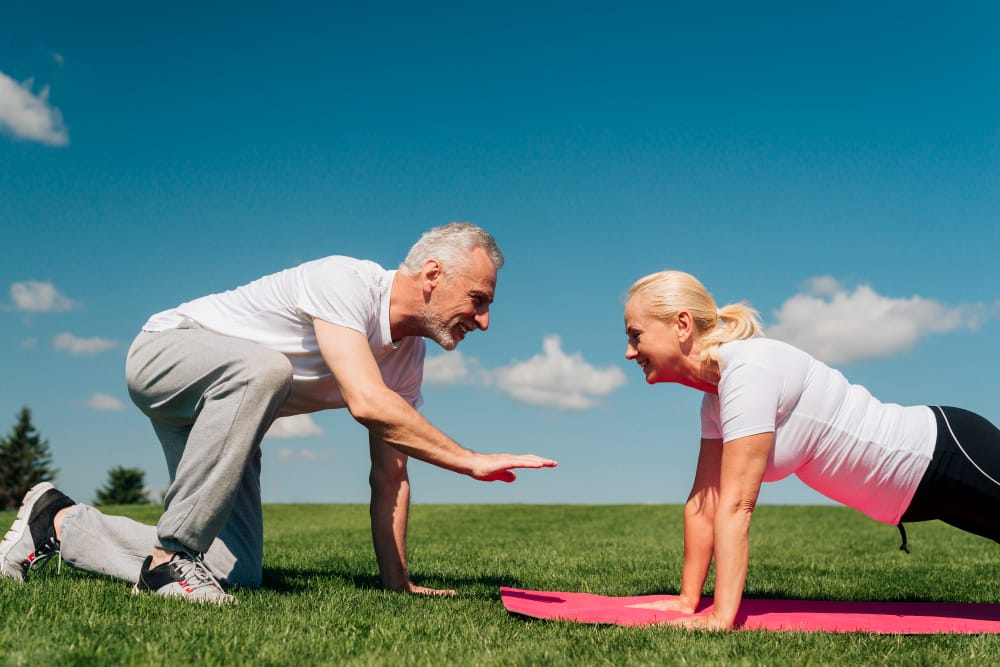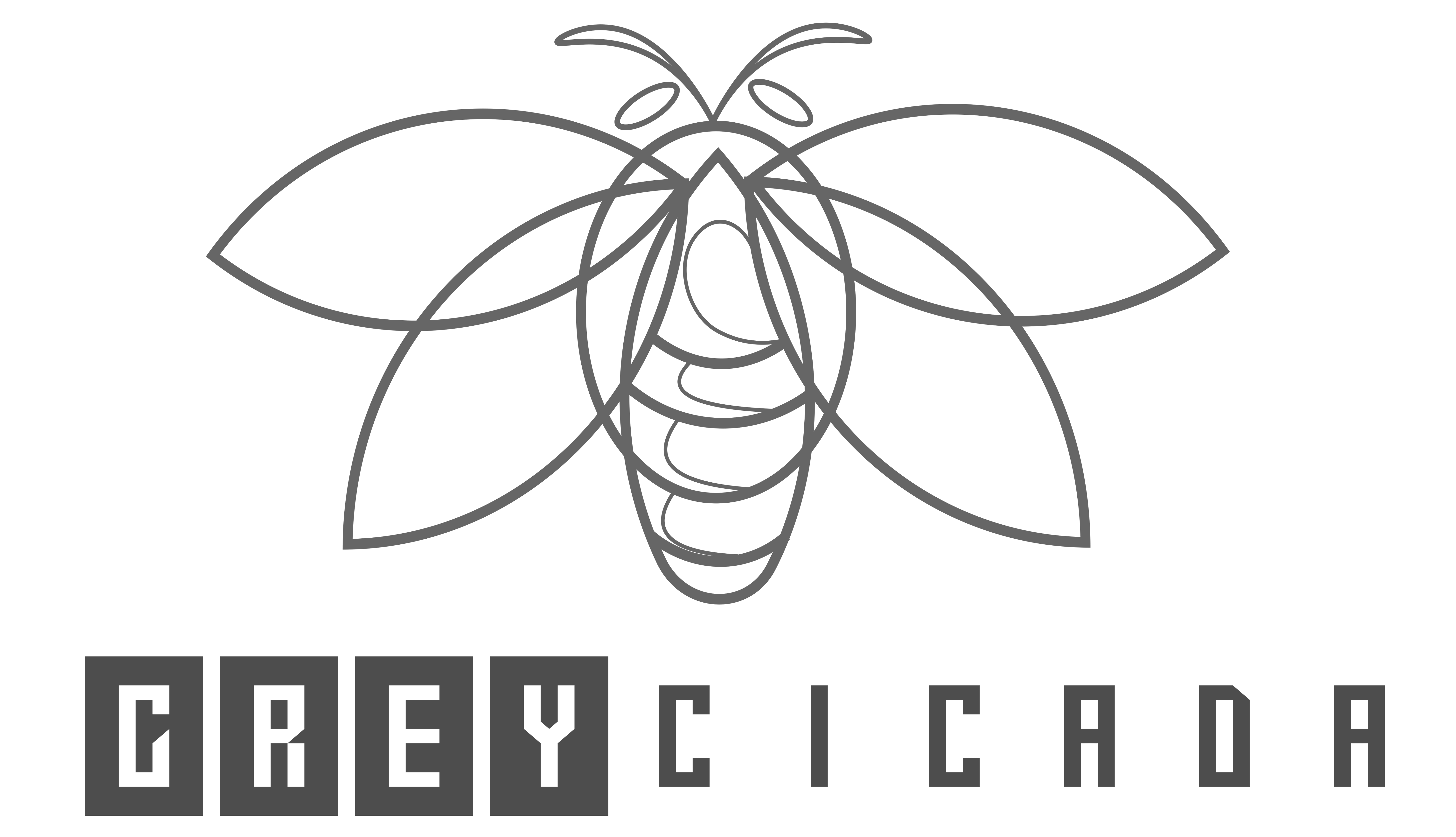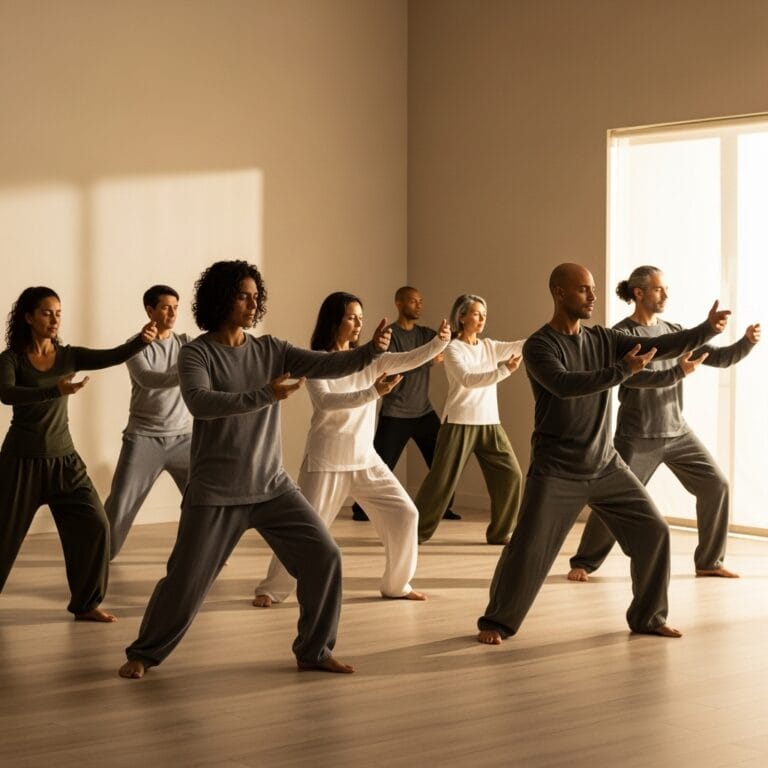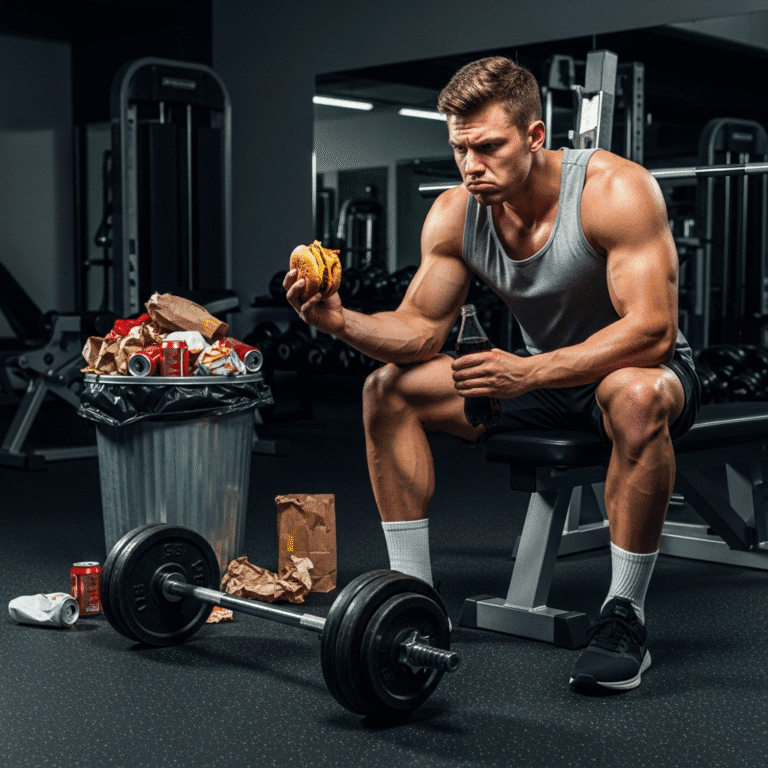FREE SHIPPING OVER $50
No Heavy Weights Needed! A Physical Therapist’s Top 5 Pilates Moves for Glute Transformation

Let’s talk about glutes. Strong, sculpted glutes aren’t just aesthetically pleasing; they’re fundamental for good posture, lower back support, and powerful movement in everyday life. For years, the go-to advice for building your backside has revolved around heavy compound lifts like squats and deadlifts. While these exercises are undoubtedly effective, they can also be intimidating or inaccessible for some, especially those with joint issues or those who simply prefer a lower-impact approach.
But what if I told you there’s another way? I recently spoke with a highly respected physical therapist who swears by the power of Pilates for achieving significant glute transformation – and the best part? You don’t need to touch a heavy weight. This expert explained how the precise, controlled movements of Pilates can effectively target and strengthen your glute muscles, leading to noticeable growth and definition.
Why Pilates is Surprisingly Effective for Glute Growth
You might associate Pilates with core strength and flexibility, and you wouldn’t be wrong. However, the principles of Pilates – controlled movements, precise muscle engagement, and focus on the mind-body connection – make it an exceptionally effective method for targeting specific muscle groups, including the glutes.
Here’s why Pilates can be a game-changer for your glute transformation, even without heavy weights:
- Targeted Muscle Activation: Pilates exercises are designed to isolate and activate specific muscles. Many Pilates moves directly engage the different fibers of the glute muscles (gluteus maximus, medius, and minimus), ensuring comprehensive development.
- Emphasis on the Mind-Muscle Connection: Pilates requires intense focus on the muscles you’re working. This heightened awareness allows for deeper and more effective muscle engagement, maximizing each repetition and leading to better growth.
- Functional Strength: Pilates movements often mimic natural movement patterns, building functional strength that translates to improved stability, balance, and power in your everyday activities. Strong glutes are essential for these movements.
- Low Impact: Because Pilates is a low-impact exercise method, it’s gentle on the joints, making it an excellent option for individuals of all fitness levels, including those recovering from injuries or experiencing joint pain. This allows for consistent training without excessive strain.
- Core Engagement for Stability: A strong core is fundamental to Pilates, and it plays a supporting role in many glute exercises. Engaging your core provides a stable base, allowing you to isolate and work your glutes more effectively.
The Physical Therapist’s Top 5 Pilates Moves for Glute Transformation
This physical therapist emphasized that consistency and proper form are key to seeing results with Pilates. Focus on controlled, deliberate movements rather than rushing through the exercises. Aim for 2-3 sets of 10-15 repetitions for each move.
1. Bridge Variations
Why it works: The Pilates bridge is a foundational exercise that directly targets the gluteus maximus and hamstrings. Variations can further enhance glute activation.
- Basic Bridge: Lie on your back with your knees bent and feet flat on the floor, hip-width apart, arms by your sides. Engage your core and press into your heels, lifting your hips off the floor until your body forms a straight line from your shoulders to your knees. Squeeze your glutes at the top and slowly lower back down.
- Single-Leg Bridge: Perform the basic bridge, then lift one leg straight up towards the ceiling. Maintain a stable pelvis and perform the bridge movement using only the supporting leg. This increases the challenge on the working glute.
- Bridge with Leg Extension: From the basic bridge position, extend one leg straight out, keeping your thighs parallel. Lower and lift your hips while maintaining the leg extension. This variation targets the glutes while also engaging the hamstrings.
2. Clamshell
Why it works: The clamshell is a fantastic exercise for targeting the gluteus medius, a crucial muscle for hip stability and preventing knee pain. Strong gluteus medius muscles contribute to a well-rounded and functional backside.
- How to do it: Lie on your side with your knees bent at a 90-degree angle and your feet stacked. Keeping your feet together, lift your top knee away from your bottom knee, rotating your hip open like a clamshell. Ensure your pelvis remains stable and doesn’t roll backward. Control the movement as you lower your top knee back down.
3. Hip Extensions (Quadruped)
Why it works: Performed on all fours, hip extensions effectively isolate and strengthen the gluteus maximus. Variations can further target different areas of the glute muscles.
- Basic Hip Extension: Start on your hands and knees, ensuring your wrists are under your shoulders and your knees are under your hips. Engage your core and lift one leg behind you, keeping your knee bent at a 90-degree angle and flexing your foot. Lift your leg until your thigh is in line with your torso, squeezing your glute at the top. Slowly lower your leg back to the starting position.
- Straight Leg Hip Extension: Perform the same movement with your leg straight. Focus on lifting from your glute and avoiding arching your lower back.
- Hip Extension with Abduction: As you extend your leg behind you, slightly move it out to the side before returning to the starting position. This variation engages the gluteus medius and minimus in addition to the maximus.
4. Swimming Prep (Prone Leg Lifts)
Why it works: While part of a larger Pilates sequence, the isolated leg lifts from the swimming prep exercise effectively engage the glutes and lower back muscles that support them.
- How to do it: Lie face down on your mat with your arms extended overhead and your legs straight. Engage your core and lift one leg off the mat, keeping it straight. Focus on initiating the movement from your glute. Lower the leg back down with control and repeat on the other side. You can also lift both legs simultaneously for a greater challenge, ensuring you maintain core engagement to protect your lower back.
5. Side-Lying Leg Lifts
Why it works: Side-lying leg lifts are another excellent exercise for targeting the gluteus medius and minimus, contributing to hip stability and a more sculpted appearance of the outer glutes.
- How to do it: Lie on your side with your bottom leg slightly bent for stability and your top leg straight, aligned with your torso. Engage your core and slowly lift your top leg straight up towards the ceiling, keeping your hips stacked and preventing any rolling forward or backward. Lower your leg back down with control. You can add variations like small pulses at the top or controlled circles to further challenge the muscles.
Building Your Pilates-Based Glute Workout
Integrating these 5 Pilates moves into your fitness routine can be simple and effective. Here’s a sample workout structure recommended by the physical therapist:
- Warm-up (5-10 minutes): Gentle cardio like marching in place, leg swings, and hip circles.
- Pilates Glute Circuit (2-3 rounds):
- Bridge Variations (10-15 reps each variation)
- Clamshell (10-15 reps per side)
- Hip Extensions (10-15 reps each variation per side)
- Swimming Prep Leg Lifts (10-15 reps per leg or simultaneous)
- Side-Lying Leg Lifts (10-15 reps per side)
- Cool-down (5-10 minutes): Gentle stretching, focusing on the glutes, hamstrings, and hip flexors.
Perform this Pilates glute workout 2-3 times per week, allowing for rest days in between to allow your muscles to recover and rebuild. Remember to listen to your body and modify the exercises as needed.
Effective Glute Growth Without Heavy Weights
This physical therapist’s insights highlight a crucial point: you don’t always need heavy weights to achieve your glute transformation goals. Pilates, with its emphasis on precise movements and targeted muscle activation, offers a powerful and accessible alternative. By incorporating these top 5 Pilates moves into your fitness routine, you can effectively build strength, definition, and function in your glutes, all while enjoying a low-impact and joint-friendly approach. So, ditch the notion that heavy lifting is the only path to sculpted glutes, and discover the transformative power of Pilates. Your journey to a stronger, more defined backside can begin right on your mat.
Related Articles
- Build Lean Muscle After 40: These 8 Workouts Are Your Secret Weapon Against Aging
- Men Over 40: Fix Your Neck & Upper Back Pain with These 5 Uncommon Moves (From a Spine Surgeon!)
- Trainer’s Secret: 5 Resistance Band Moves For Full-Body Strength (No Gym Needed!)
- The Scientist-Backed Leg Day Hack: Curls BEFORE Squats for Explosive Hamstring Growth & Less Fatigue
- Defy Age: 4 Strength Workouts to Rebuild Muscle & Boost Vitality After 50



